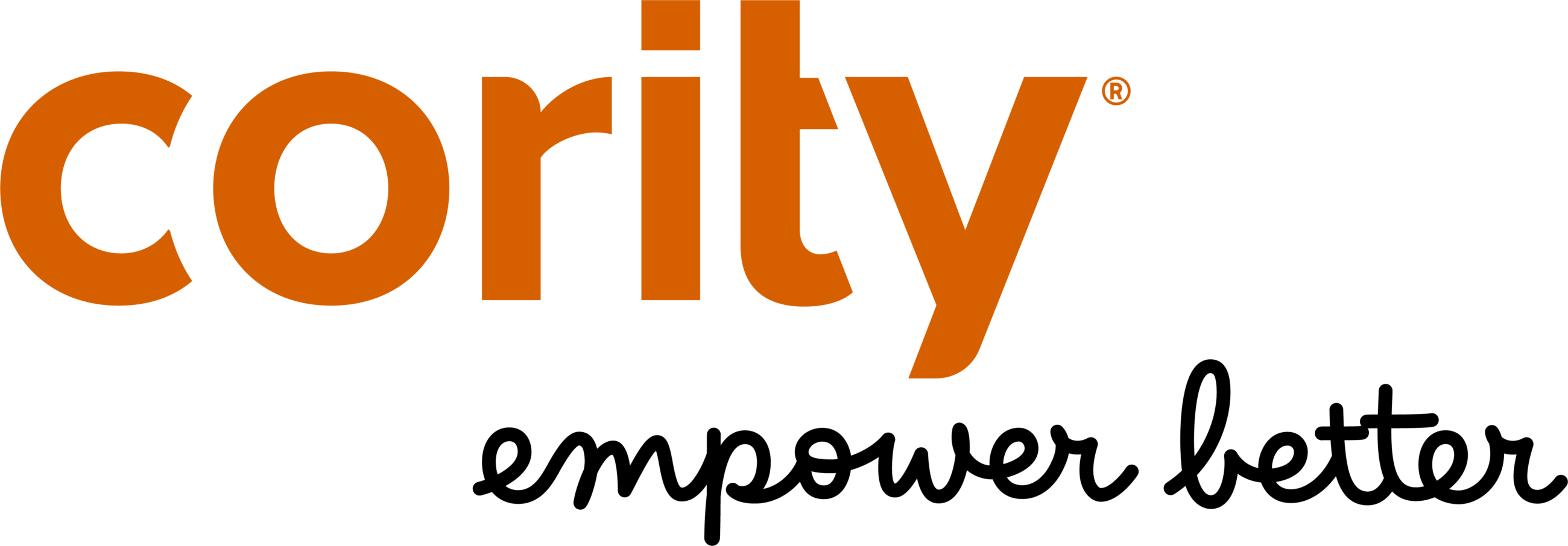Measuring and reducing corporate Scope 3 emissions (GHG emissions associated with the value chain) has become a key area of environmental reporting for most companies. With a surge in the setting of ambitious science-based and net-zero targets, and the increased pressure from investors, regulators and customers, prioritizing Scope 3 emissions has never been as important.
This article presents a practical case study on how companies are approaching the Scope 3 reporting journey and the common three stages we are seeing the vast majority of our clients, across all industries and all sizes of organizations, go through when it comes to Scope 3 reporting.
Stage One
When a company has been initially measuring and reporting carbon emissions with a focus on accurate Scope 1 and 2 emissions.
For Scope 3 in this stage, generally, people are only focusing on the core Scope 3 categories or the ones that are straightforward and within their control. This would typically be waste from locations, sites or offices, business travel, and maybe some parts of category three for fuel and energy-related activities.
Stage Two
This stage is where we are seeing the wider Scope 3 picture starting to come together, but still in a high-level way. This is when the emissions screening process would take place and would be where a company still relies on spending data to start assessing wider Scope 3 categories but using this to understand where the material impact areas are.
From here, the number of Scope 3 categories starts to grow. Typically, this starts with purchased goods and services and capital goods.
Stage Three
This is the stage where the focus really switches to the quality of data and the reliance on spending data reduces as companies reach out to suppliers to get more accurate primary data. From here, the categories being tracked, continue to increase.
Although it’s likely at this stage that a company will be aiming to track all categories that are relevant to them, it depends on the industry, which will determine which categories will be relevant. For example, a company that creates products and sells products will need to be much more focused on these categories from the outset. Similarly, companies that have material investments or franchises will look to engage in those categories earlier in their reporting.
How Cority ‘s ESG Solutions Can Help Support the Scope 3 Reporting Journey
Cority ‘s suite of sustainability, supply chain and investor ESG software solutions provides an integrated approach to addressing the challenge of Scope 3 emissions calculation and reporting. Providing a central hub for the collection and aggregation of Scope 3 data across all 15 Scope 3 categories, Cority’s solutions support businesses on their Scope 3 reporting journey, whether they are just starting out or have been reporting in this area for years.
In Stage One and Stage Two outlined above, our clients are mainly using our Sustainability Performance Management software platform to coherently streamline data from within their operations across Scope 3.
In Stage Three, as we start to get a combination of primary data from suppliers or investments, we then transition into using Cority’s other solutions as well. This is where our clients are using Supply Chain Sustainability and Investor ESG Management to collect primary data from their suppliers and portfolio companies and automate the collection of data for an accurate Scope 3 emissions inventory.
Supply Chain Sustainability and Investor ESG Management solutions can be used to collect primary carbon data from external organizations. The solutions have a dedicated Scope 3 functionality in those two solutions, that can be used by companies to push out requests to suppliers or investments to collect primary Scope 3 data.











